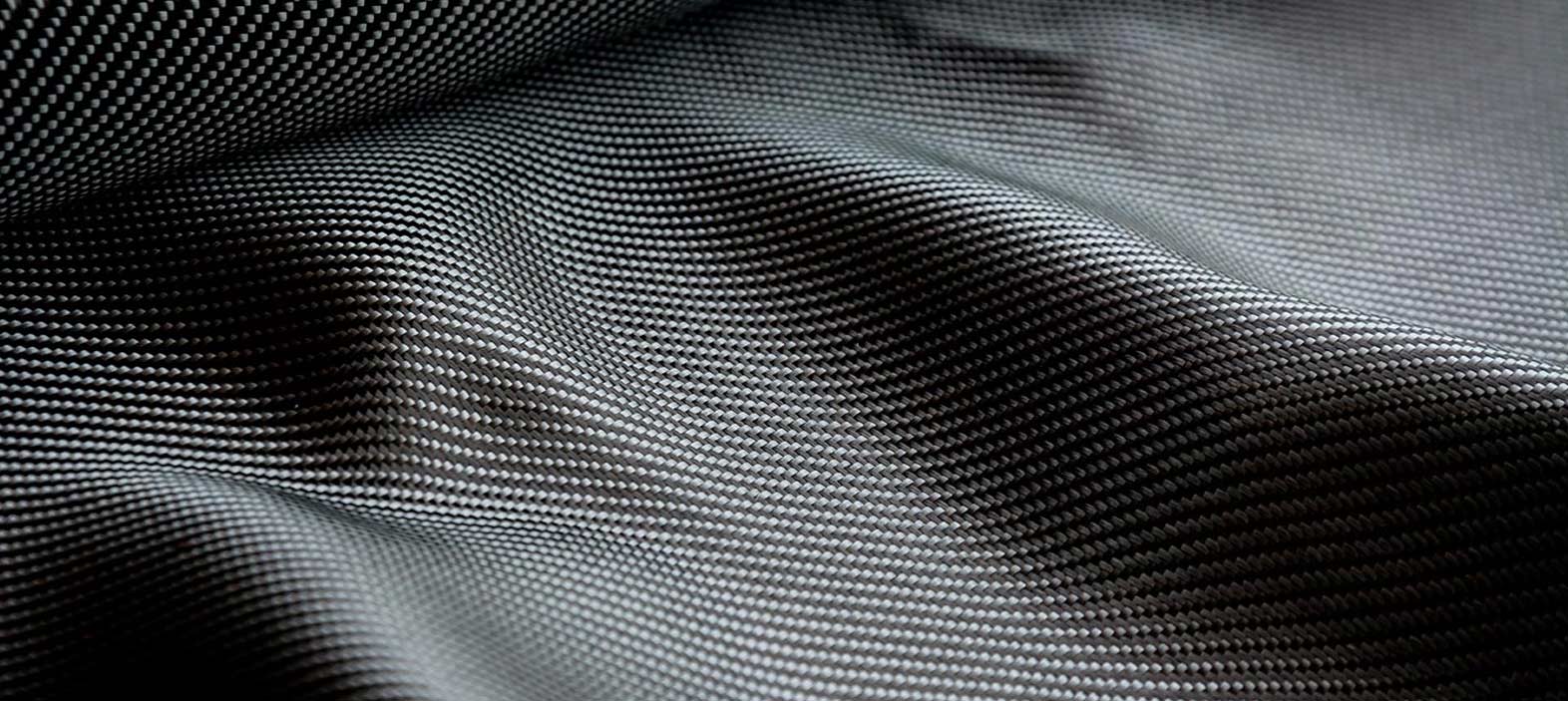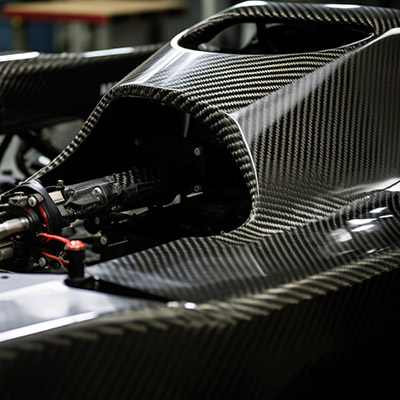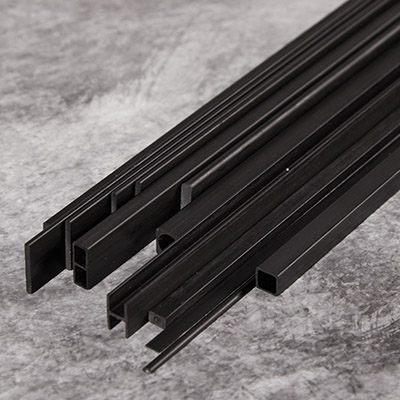
5 Basic Steps For Manufacturing Carbon Fiber
👁 Reads: 676
Carbon fiber is a high-strength, lightweight material used in a variety of engineering applications. It is composed of very thin strands of carbon that are tightly woven together to form a strong yet lightweight fabric. The manufacturing of carbon fiber is a complex process requiring specialized equipment and materials. Here are five basic steps involved in the production of carbon fiber.
Steps for manufacturing carbon fiber
Carbon fiber is a strong and lightweight material used in a wide range of products. It is extremely popular in the aerospace, automotive, and sporting goods industries due to its strength, low weight, and durability. In order to make carbon fiber, carbon fiber manufacturer must go through a series of steps, known as the carbon fiber manufacturing process. This process can be broken down into five basic steps.
Step 1: Producing the Carbon
The first step in producing carbon fiber is to create the raw material, which is a form of carbon called polyacrylonitrile (PAN). This material is made by combining a variety of chemicals in a pressurized environment. The exact recipe is closely guarded by the manufacturers and is kept a closely guarded secret.
Step 2: Spinning the Carbon
The next step in the process is spinning the PAN into thin fibers, which is done with a process called melt-spinning. In this process, the PAN is melted and pushed through a spinnerette, which is a metal disc that contains tiny holes. As the carbon fiber epoxy resin material is forced through the holes, it is drawn down into thin strands of carbon fiber.
Step 3: Oxidizing the Fibers
Once the fibers have been spun, they are then oxidized. In this stage, the fibers are exposed to oxygen and extremely high temperatures, up to 4000°F. This causes the fibers to become solid and infuses them with oxygen, making them stronger and more durable.
Step 4: Weaving the Fibers
Once the fibers have been oxidized, they are then woven into a fabric. The fabric is then either woven or knitted in order to create the desired pattern. This weaving process can be done by hand or by machine, depending on the desired results.
Step 5: Curing the Fibers
The last step in producing carbon fiber is curing. This is done by applying a resin to the fabric and then curing it with heat. This process helps the fibers bond together and gives the fabric its final strength.
These are the five basic steps involved in producing carbon fiber. This material is very versatile and can be used in a variety of engineering applications. It is strong, lightweight, and resistant to damage, making it an ideal choice for many projects.
Things to Take Care While Manufacturing Carbon Fiber
When manufacturing carbon fiber, it is important to take extra care to ensure that the process is done correctly and efficiently. Carbon fiber is a very lightweight yet durable material, and the manufacturing process can be time-consuming and costly if not done correctly. Taking the proper precautions while manufacturing carbon fiber will help ensure that the final product is of the highest quality and can be used in a variety of applications. Here are some key things to take care of while manufacturing carbon fiber:
1. Ensure Proper Resin Mixing
It is essential to properly mix the resin and hardener in order to create a strong, lightweight carbon fiber. A thorough mixing of resin and hardener helps ensure that the carbon fiber composites will have the desired strength and flexural properties.
2. Monitor Temperature and Humidity
Temperature and humidity levels can have a significant effect on the success of a carbon fiber manufacturing process. Temperature and humidity should be monitored and controlled during manufacturing to ensure optimal results.
3. Use the Proper Pre-Preg
Pre-impregnated carbon fiber is a key component of the manufacturing process and it is important to select the proper type for the desired application. Pre-impregnated carbon fiber should be selected based on its weight, strength, and stiffness characteristics.
4. Monitor Lamination Pressure
Pressure is an important factor in successful carbon fiber manufacturing. The correct amount of pressure should be applied during the lamination process to ensure that the desired shape and strength is achieved.
5. Maintain Cleanliness
To ensure the best results, it is important to maintain a clean manufacturing environment. Dust and debris can have a significant effect on the quality of the finished product, so it is important to keep the workspace free of foreign particles.
6. Inspect Final Product
Once the manufacturing process is complete, it is important to inspect the final product to ensure that it meets the desired specifications. Any flaws in the carbon fiber should be identified and addressed before the product is put into use.
Carbon fiber is an incredibly strong and lightweight material that can be used to make a variety of products from aircraft parts to sporting goods. The above given details regarding the manufacturing of the carbon fiber manufacturing process ensure that the final product is of the highest quality.





